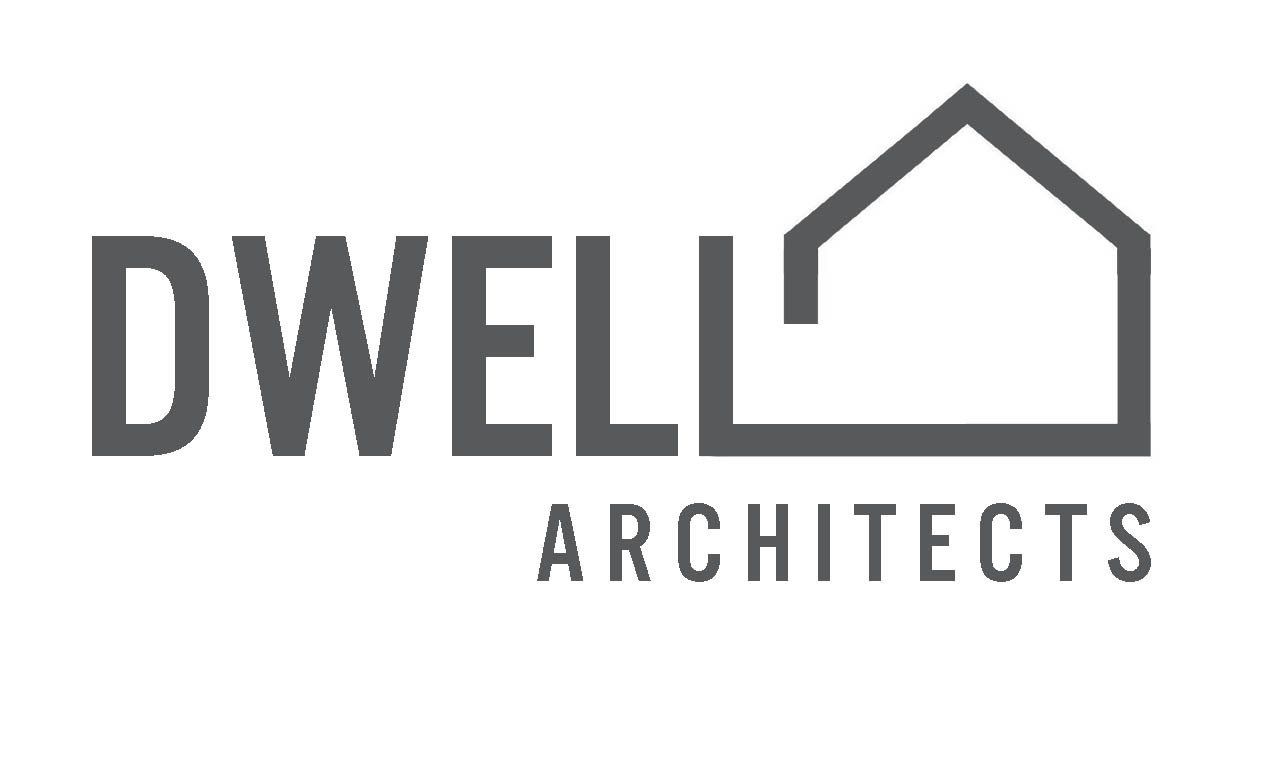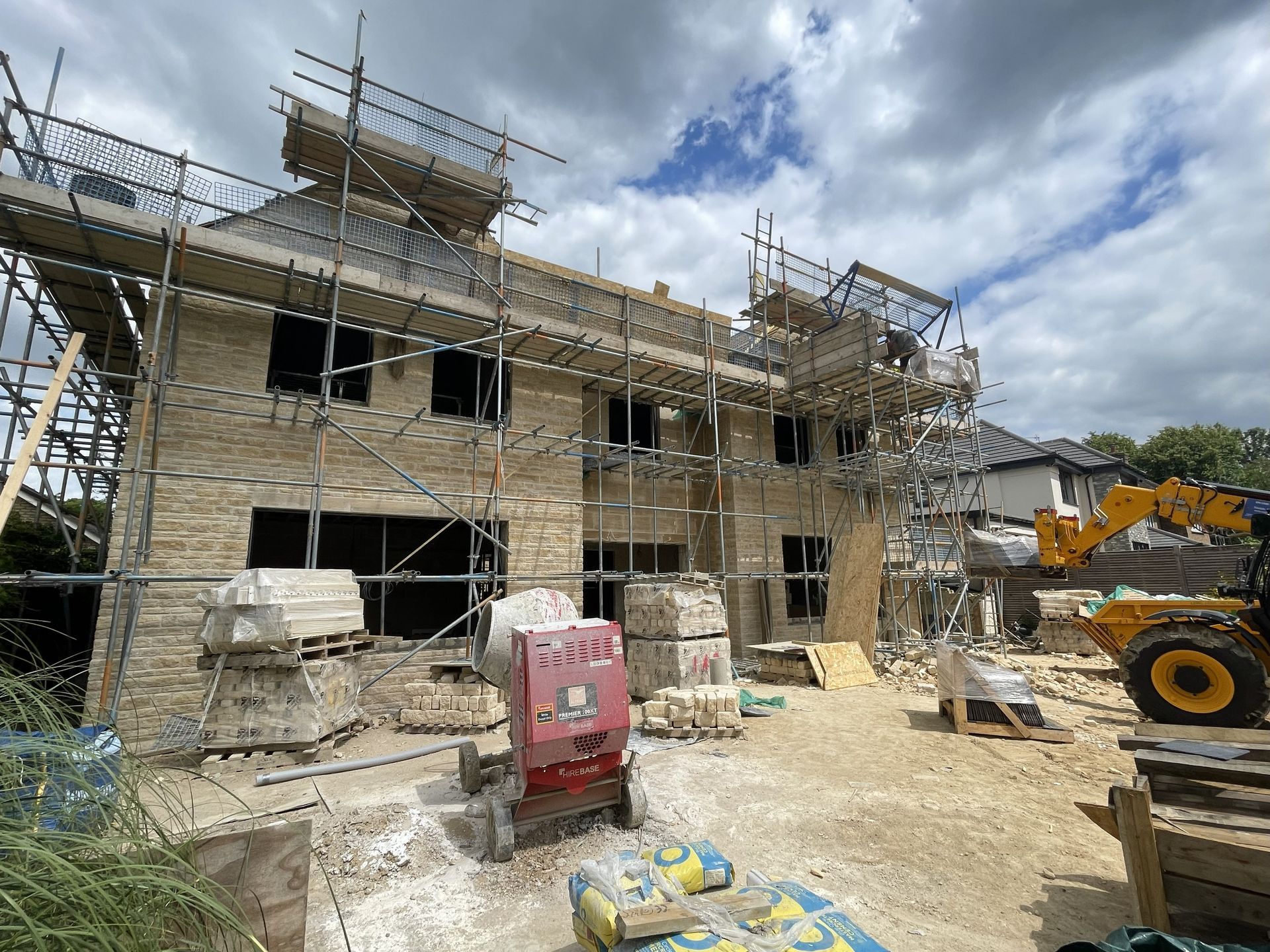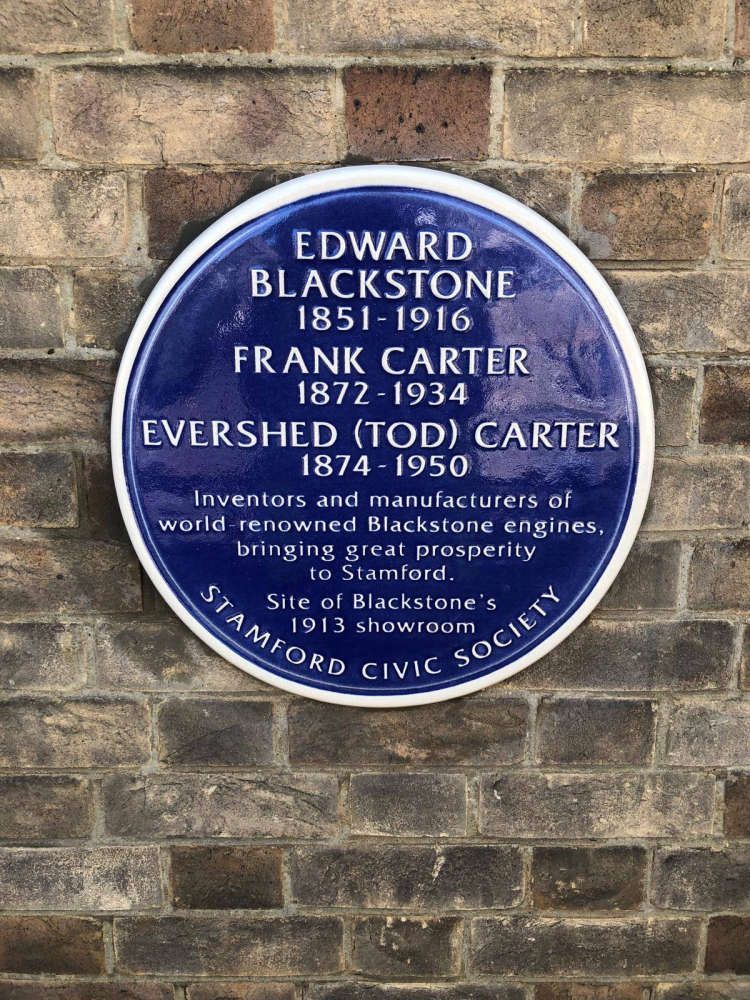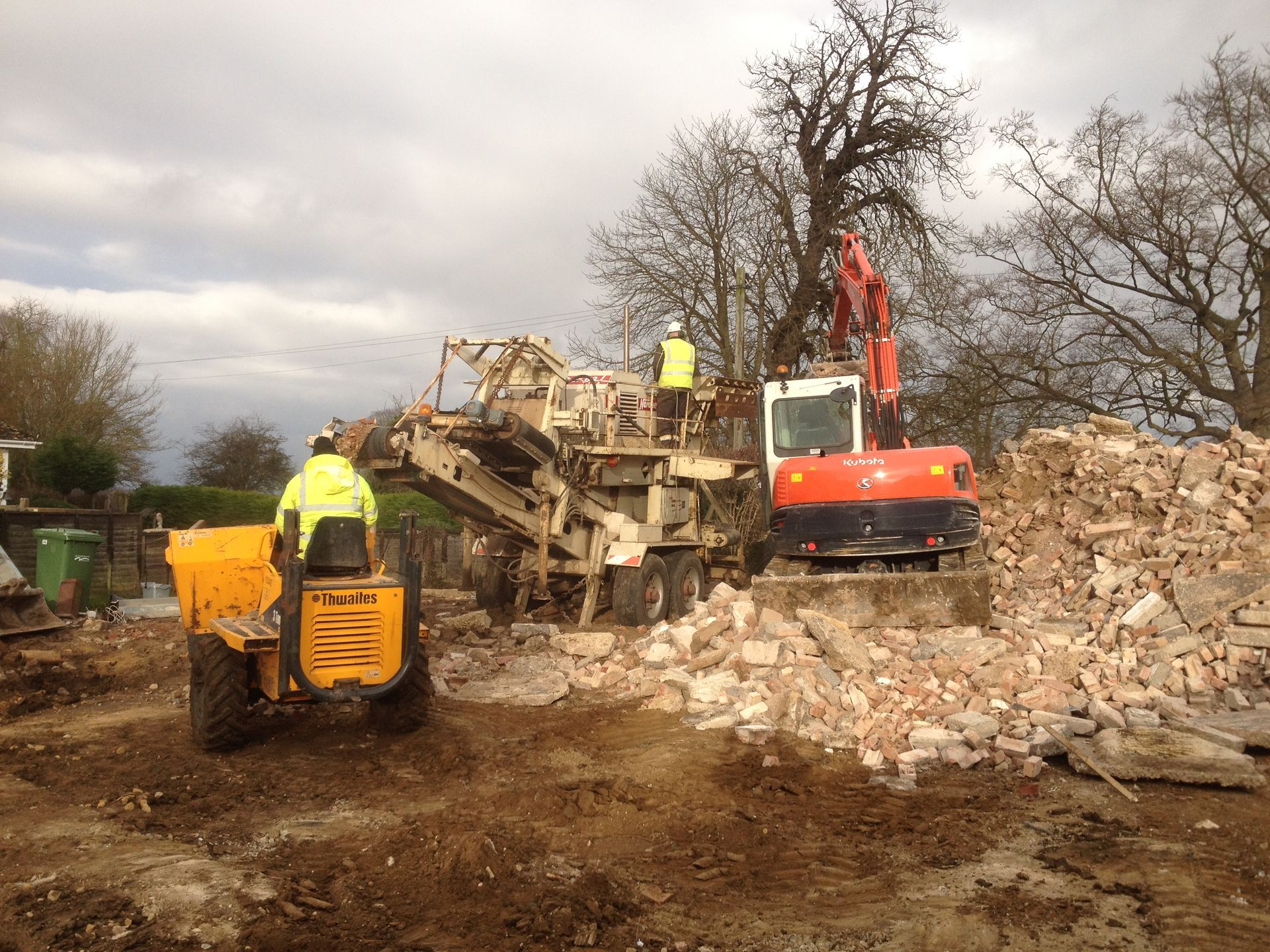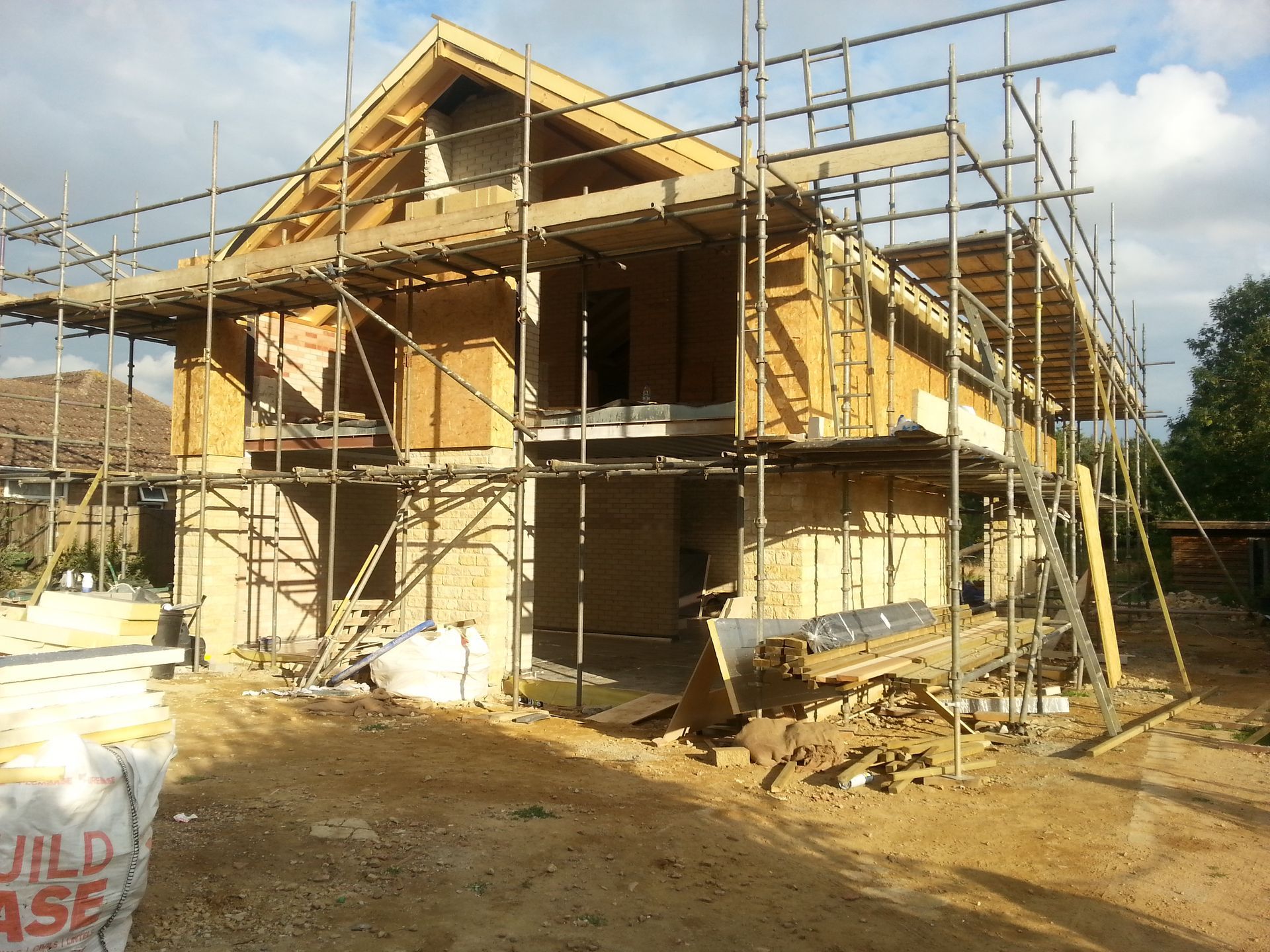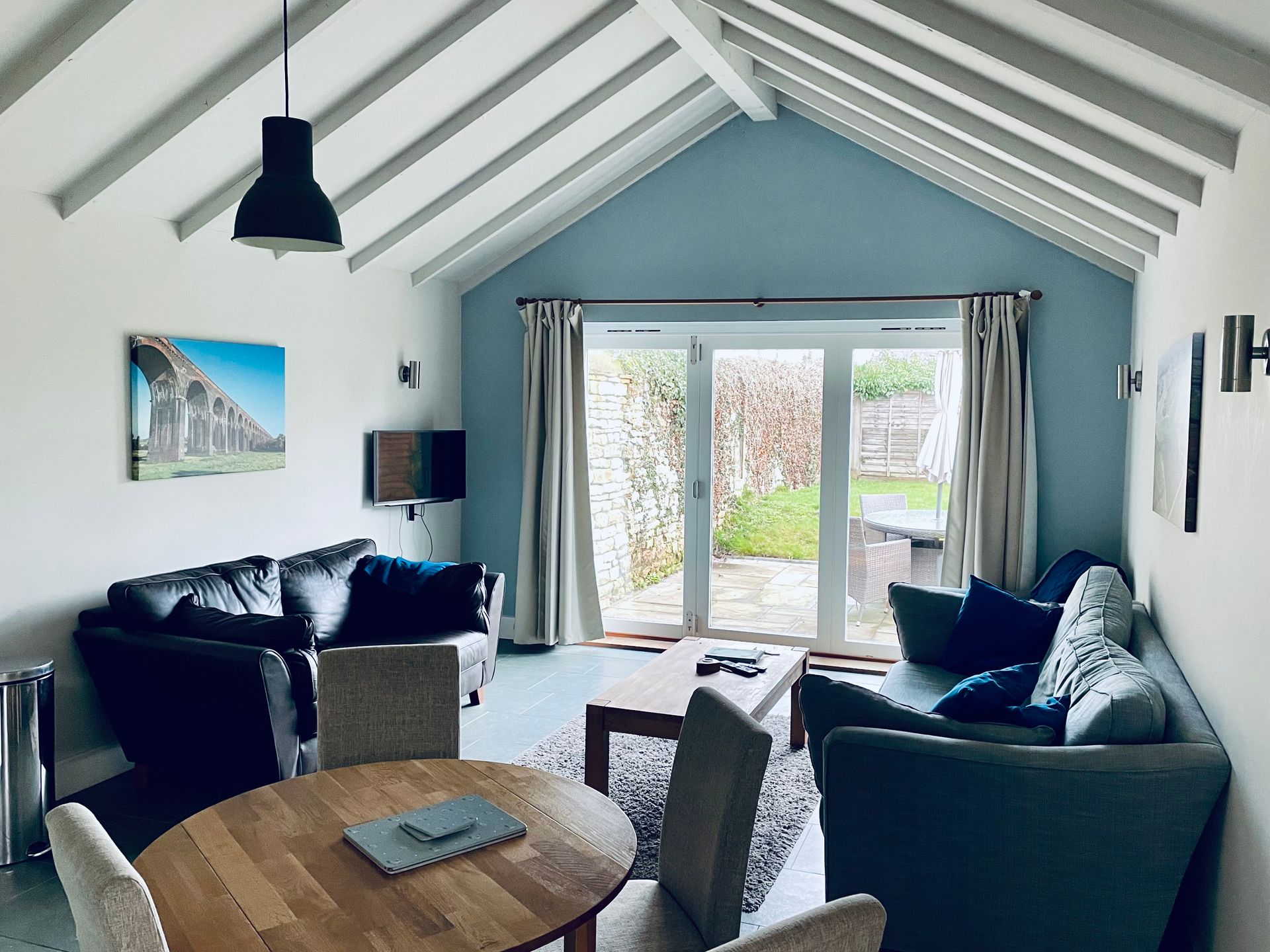Smart Ways to Save Money on Your Build Project
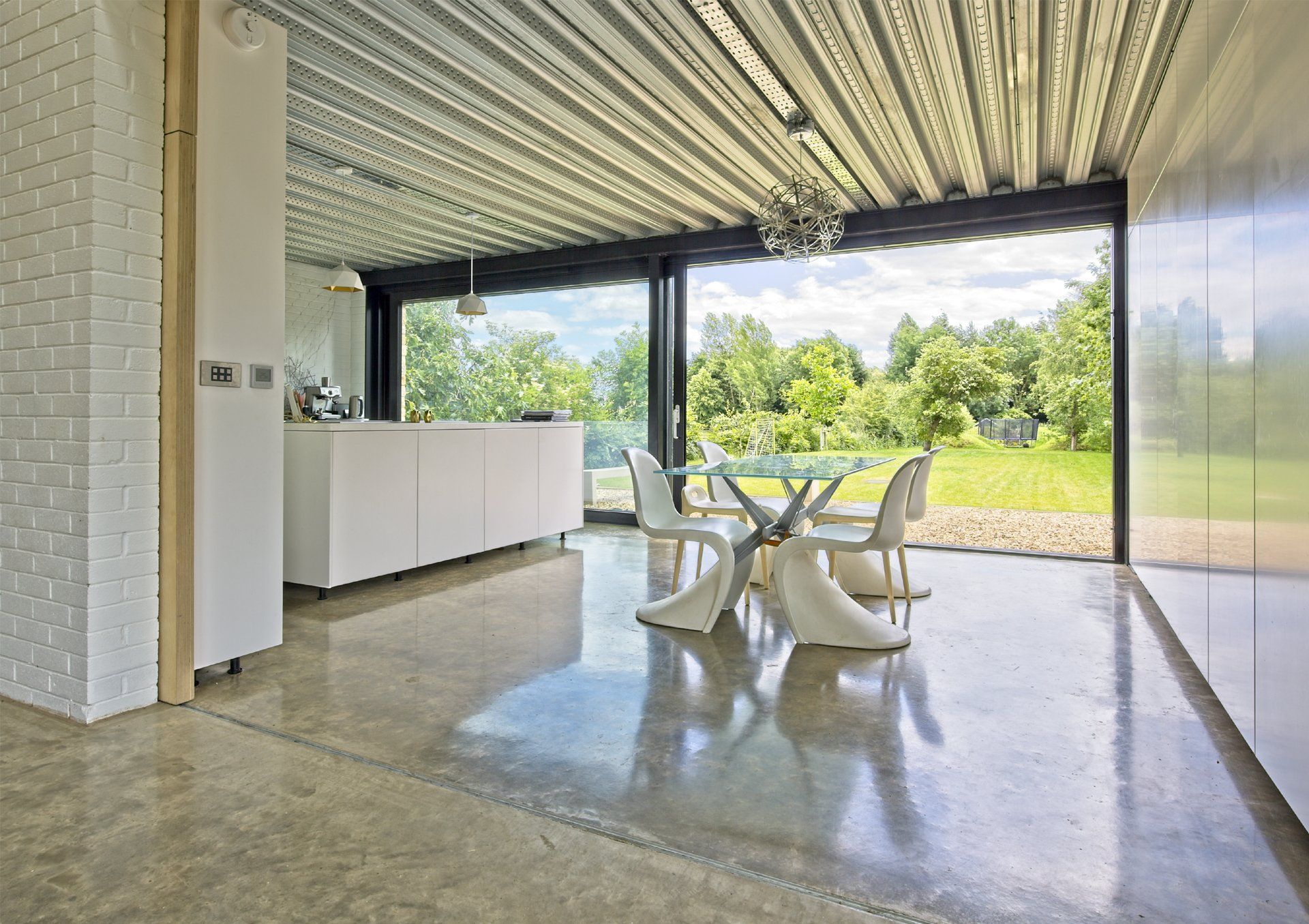
Building or extending your home is one of the biggest investments you’ll ever make. Costs can quickly spiral if decisions aren’t made carefully. The good news is, with the right approach, you can get the space you need without overspending. Here are some smart ways to keep your project cost-effective.
1. Keep the Design Simple
Every extra corner, angle or quirky shape adds cost. Builders work faster and with less waste when layouts are straightforward, because most building materials come in rectangles — bricks, blocks, plasterboard, timber sheets. A rectangular or square footprint is usually the most cost-efficient way to enclose space.
That doesn’t mean your home has to be plain. Thoughtful design — good proportions, natural light, clever window placement, and quality finishes — can make even the simplest shapes feel striking and contemporary. Think of it as “elegant simplicity” rather than “cheap and basic.”
2. Build the Right Amount of Space
It’s natural to want more space, but every extra square metre comes with a hefty price tag (currently around £2,500 + VAT per m²). Adding space you won’t fully use is one of the most expensive luxuries.
A smarter approach is to design flexible rooms that can adapt over time. For example:
- A living space that’s 3.5m wide can also work as a future bedroom.
- An open-plan layout can serve as kitchen, dining and living space, instead of building three separate rooms.
- Clever storage and good lighting can make smaller spaces feel much larger.
Instead of building big, focus on building smart.
3. Reuse Wherever You Can
Before knocking down walls or demolishing parts of your home, think about what can stay. Retaining existing walls, openings, and structures reduces both material and labour costs.
You can also save by reusing materials. Bricks, roof tiles, timber, and even floorboards can often be cleaned up and repurposed. Apart from saving money, it gives your project character and reduces waste. Sometimes, a thoughtful refurbishment is just as transformative as a brand-new extension, at a fraction of the price.
4. Choose Cost-Effective Finishes
Finishes are one of the easiest places to overspend — but also one of the easiest to save. You don’t always need high-end products to achieve a high-end look. Consider:
- Exposed roof joists: Skip the plastered ceiling for a loftier feel with lower costs.
- Polished concrete floors: Instead of layering insulation, screed, and tiles, a concrete slab can be polished to serve as both structure and finish.
- Budget kitchens with upgraded finishes: IKEA carcasses paired with bespoke doors and quality worktops can look like a designer kitchen at a fraction of the cost.
Remember: the building itself is designed to last 60–100 years, but kitchens, bathrooms and finishes usually need replacing after 10–15. Prioritise spending on the structure first, fittings second.
5. Plan Ahead (and Stick to the Plan)
One of the biggest drivers of cost overruns is changes made during construction. A design change on paper costs nothing; a change on site means delays, extra labour, and wasted materials.
Investing in a comprehensive design and technical package upfront allows you to:
- Spot problems early.
- Get accurate, comparable quotes from builders.
- Reduce the likelihood of costly surprises once work begins.
Planning ahead saves money, stress, and time.
6. Do Some Work Yourself
If you’re practical and have the time, there are areas where you can safely save money: decorating, garden landscaping, clearing the site, or even laying flooring.
Another option is to source materials directly and hire individual tradespeople. For example, buying your own paving slabs and paying a local groundworker to install them (often cheaper if they’re not VAT-registered). Just be careful: DIY mistakes or poor-quality trades can be costly to fix, so be realistic about what you can take on.
7. Invest in Energy Efficiency
It might seem like an extra cost, but good insulation, airtight construction, and energy-efficient windows are money-savers in the long run. They reduce your energy bills for decades, and also make your home more comfortable year-round.
Think of it this way: a slightly higher upfront cost now can mean thousands of pounds saved over the building’s lifetime. Energy-efficient design is one of the smartest long-term investments you can make.
The Bottom Line
Saving money on a build isn’t about cutting corners — it’s about making smart decisions early, and spending where it really counts. Keep the design simple, build only what you need, reuse wherever possible, plan properly, and prioritise long-term efficiency. Done right, you’ll end up with a home that not only costs less to build but also serves you better for years to come.
